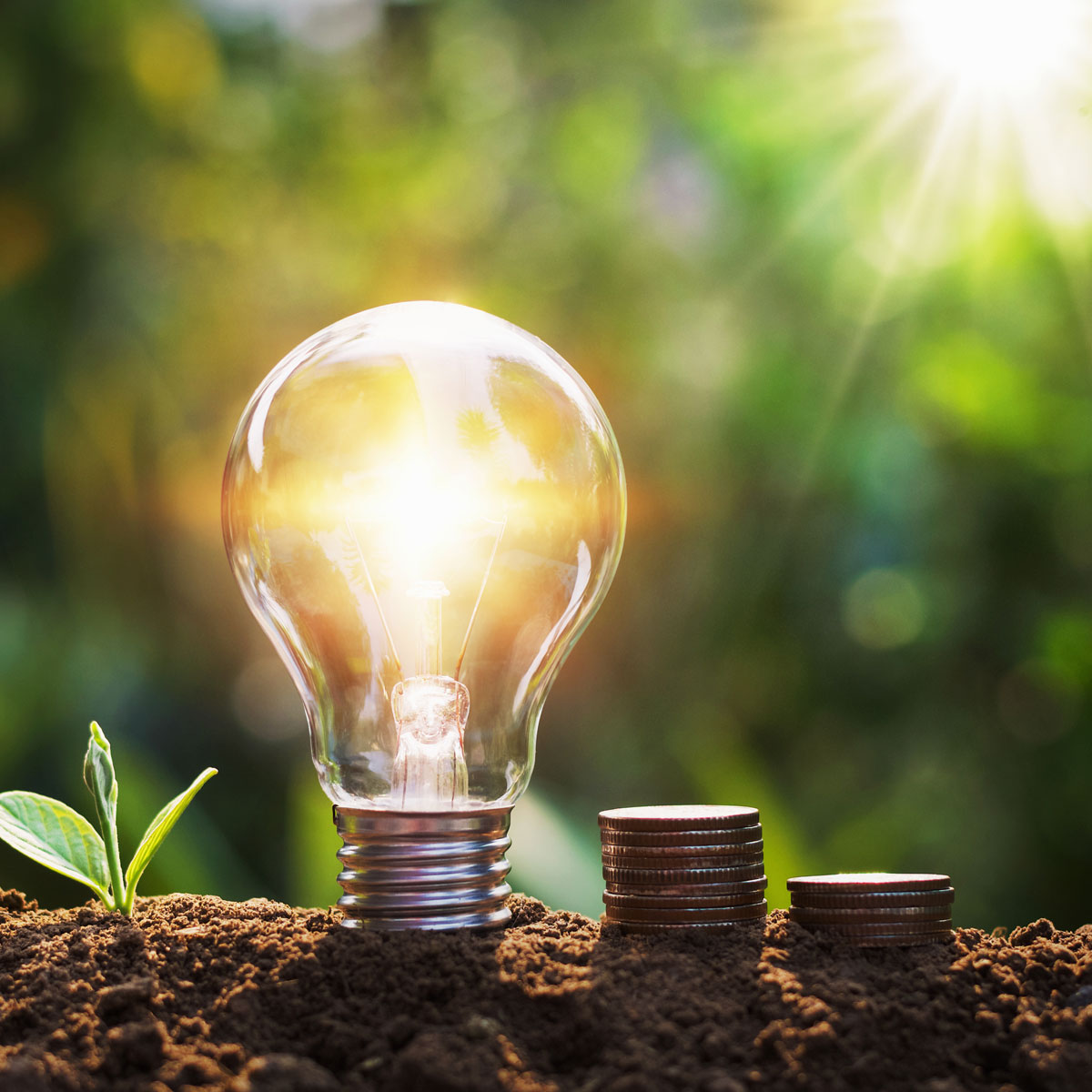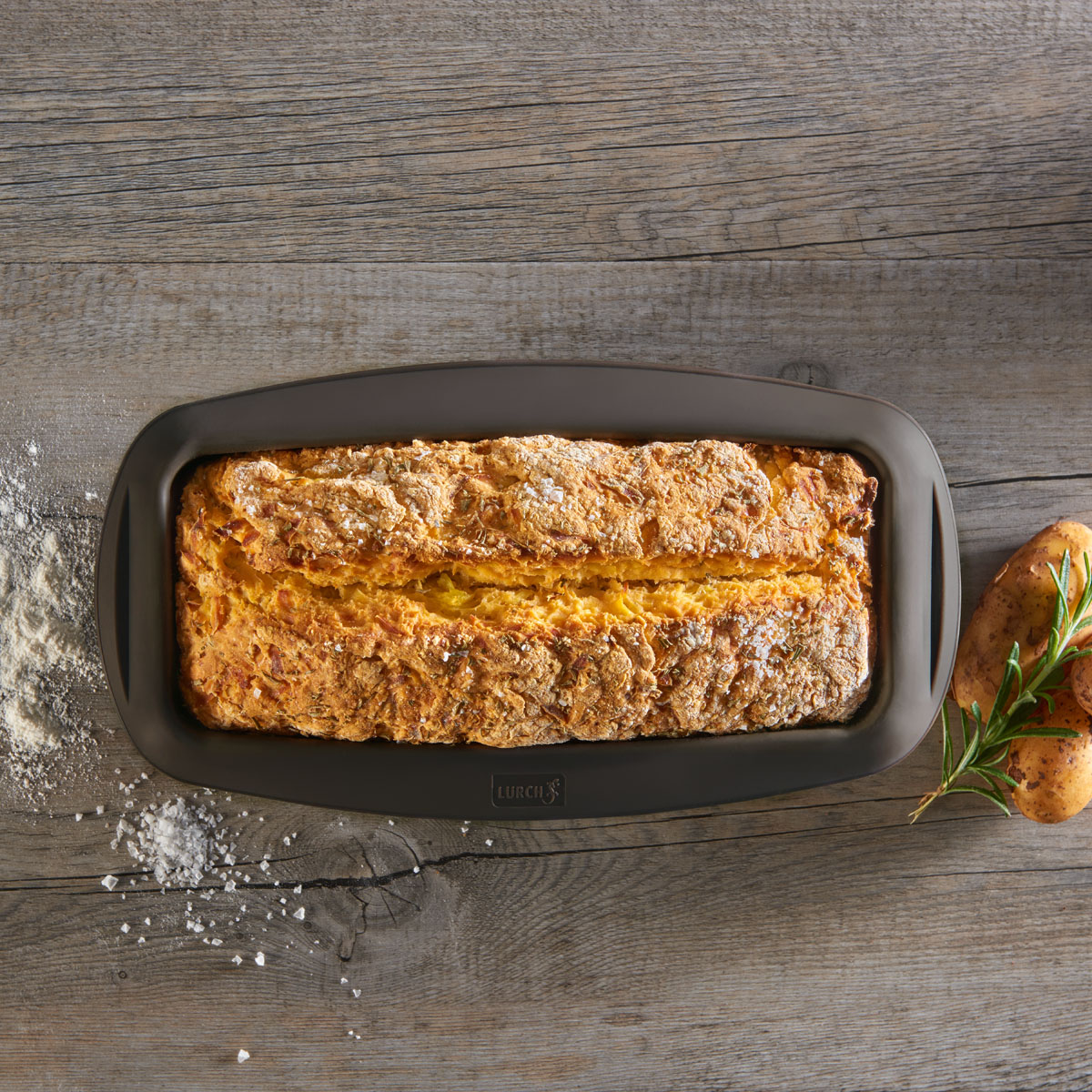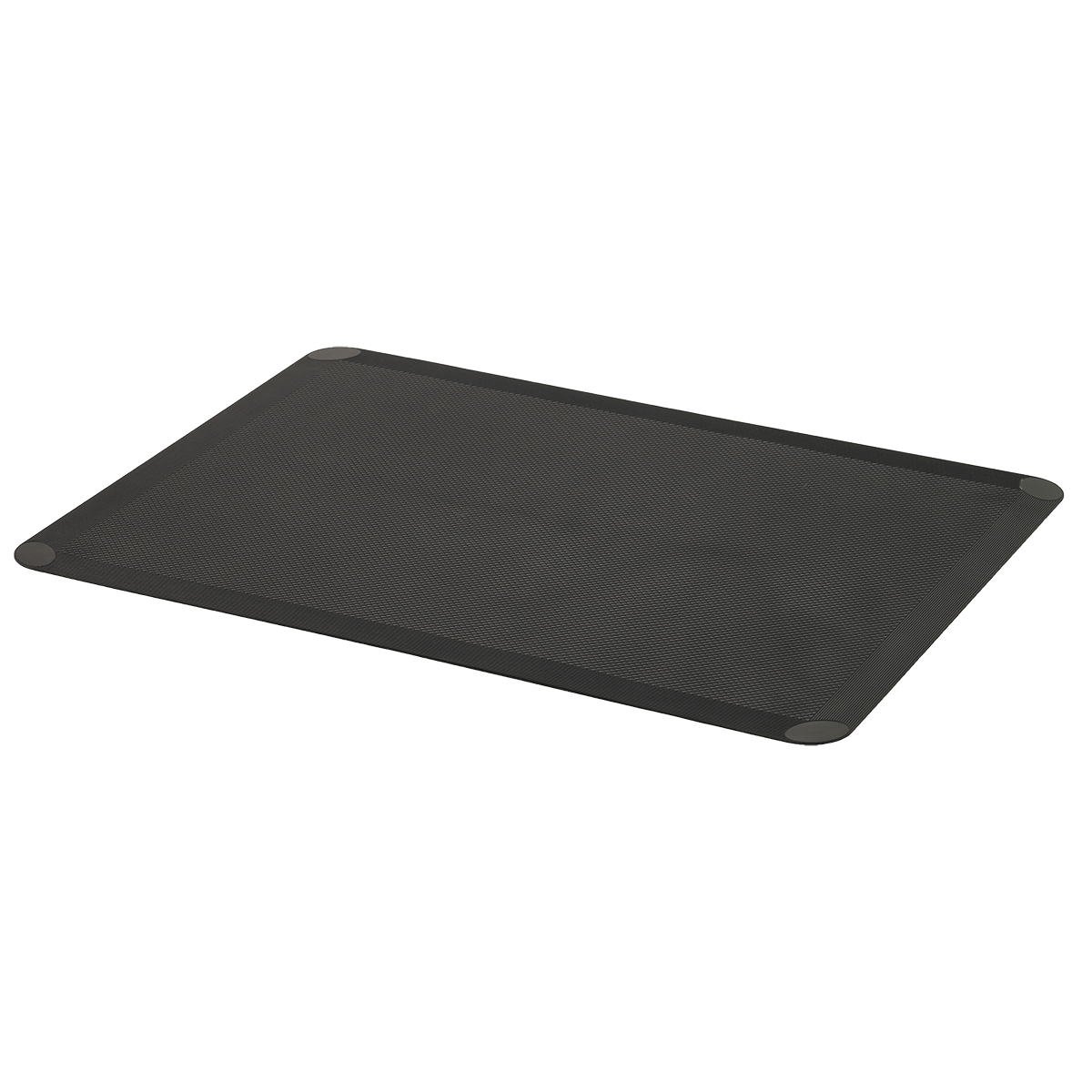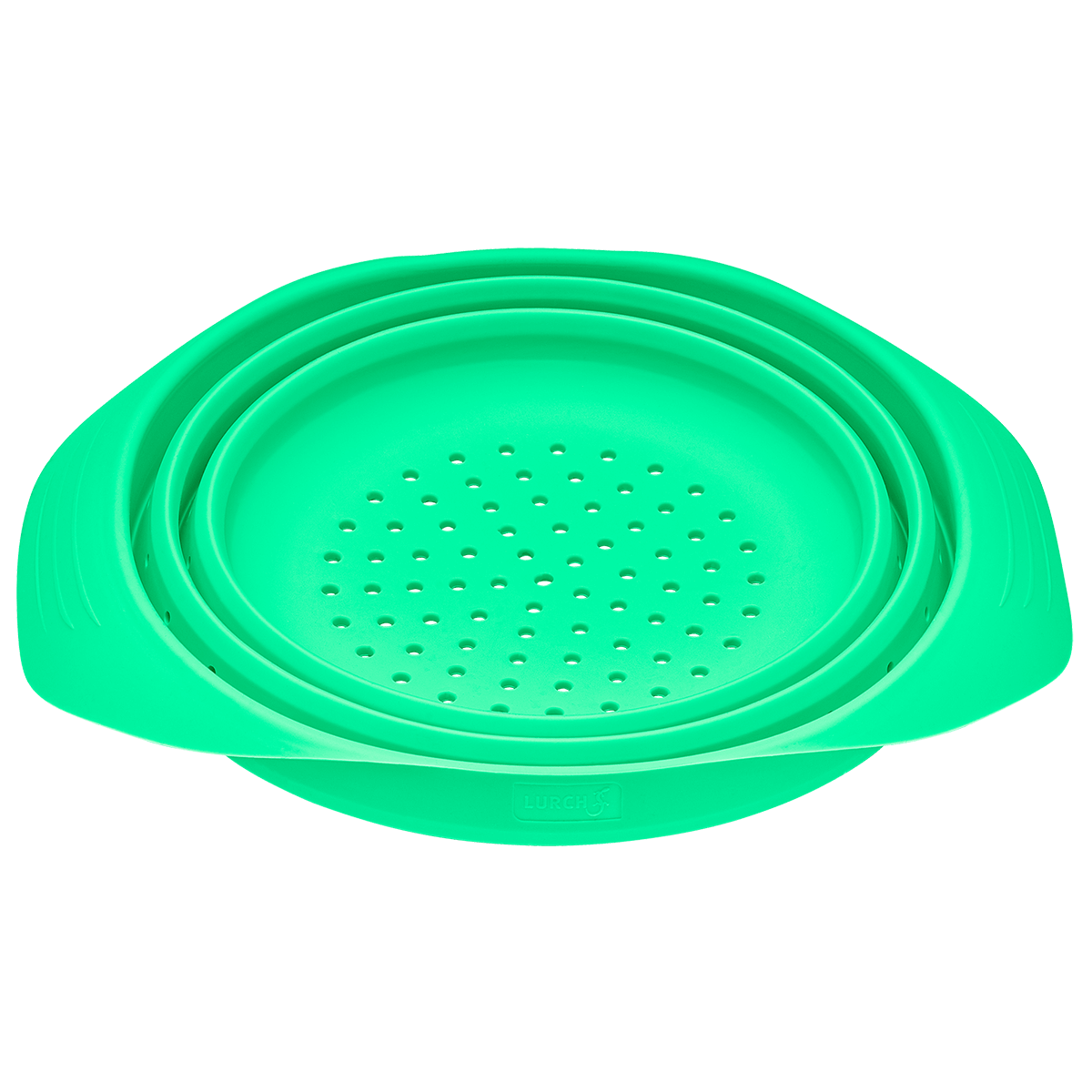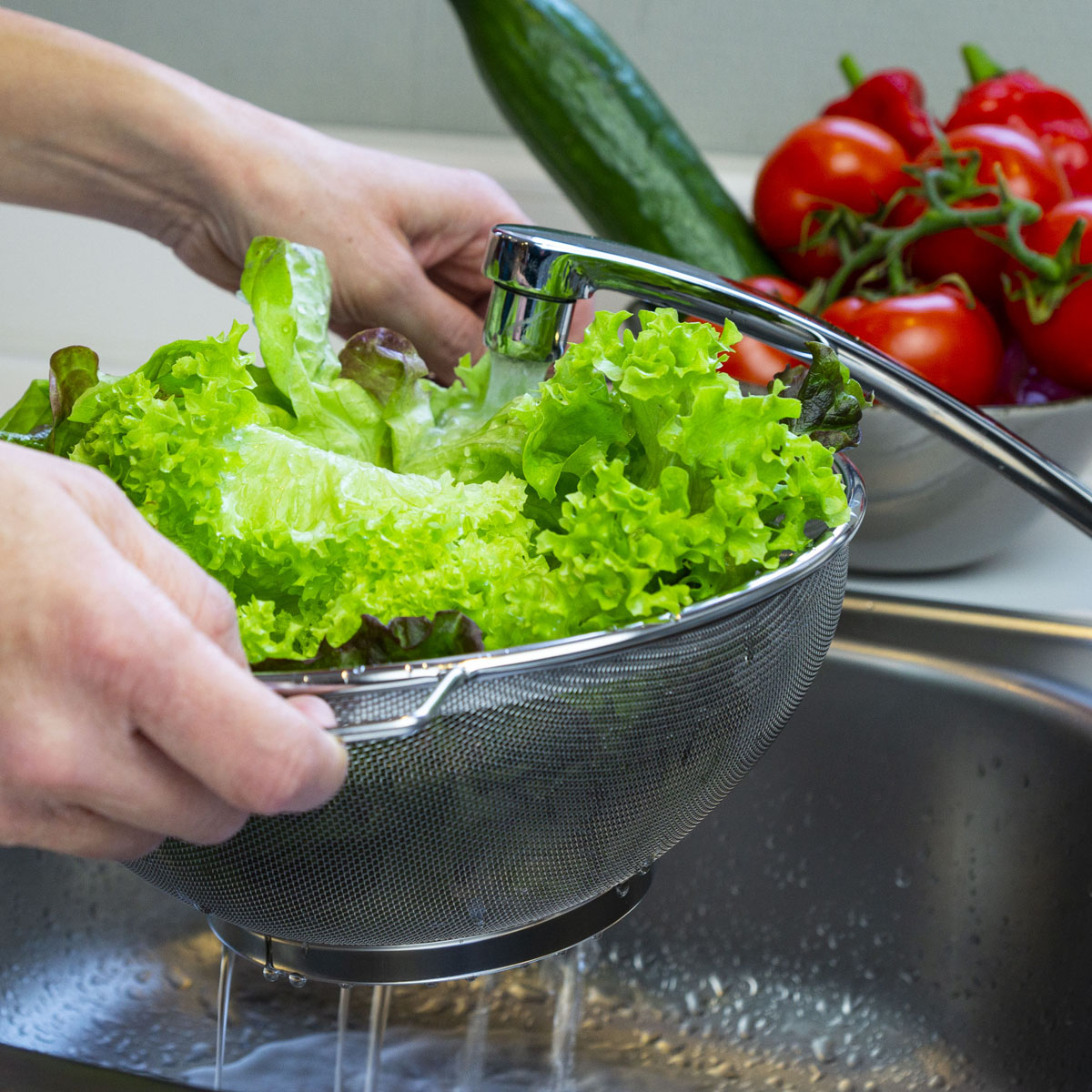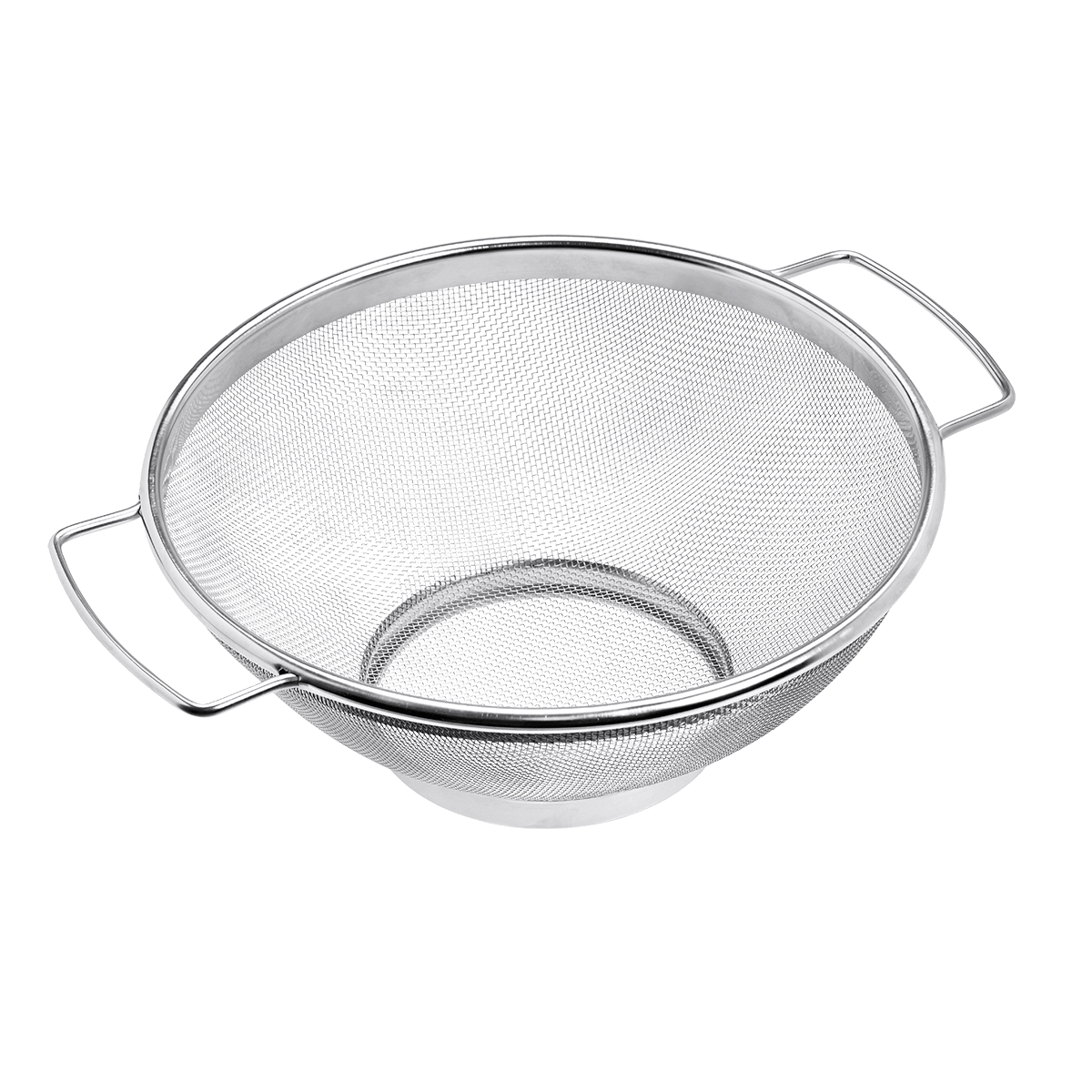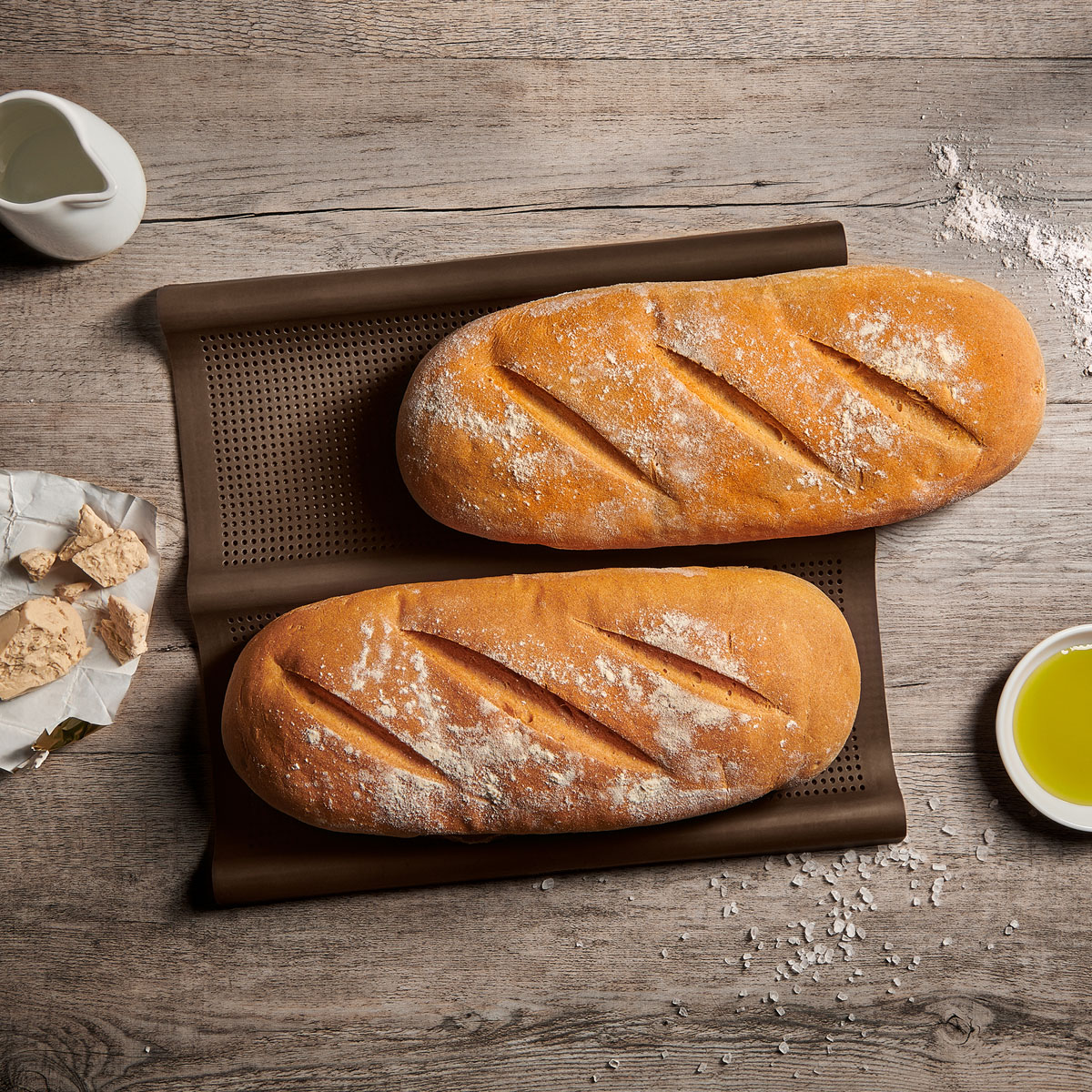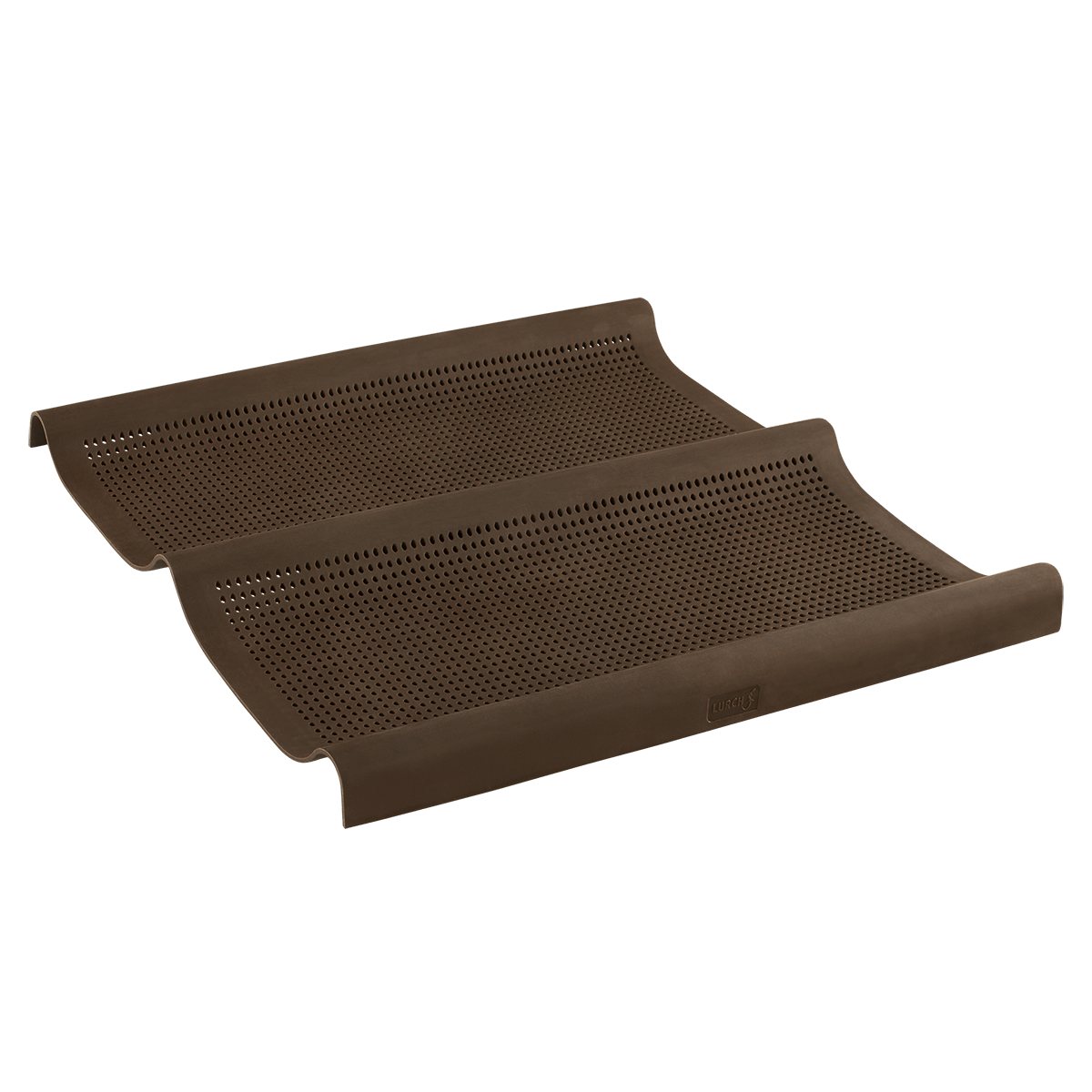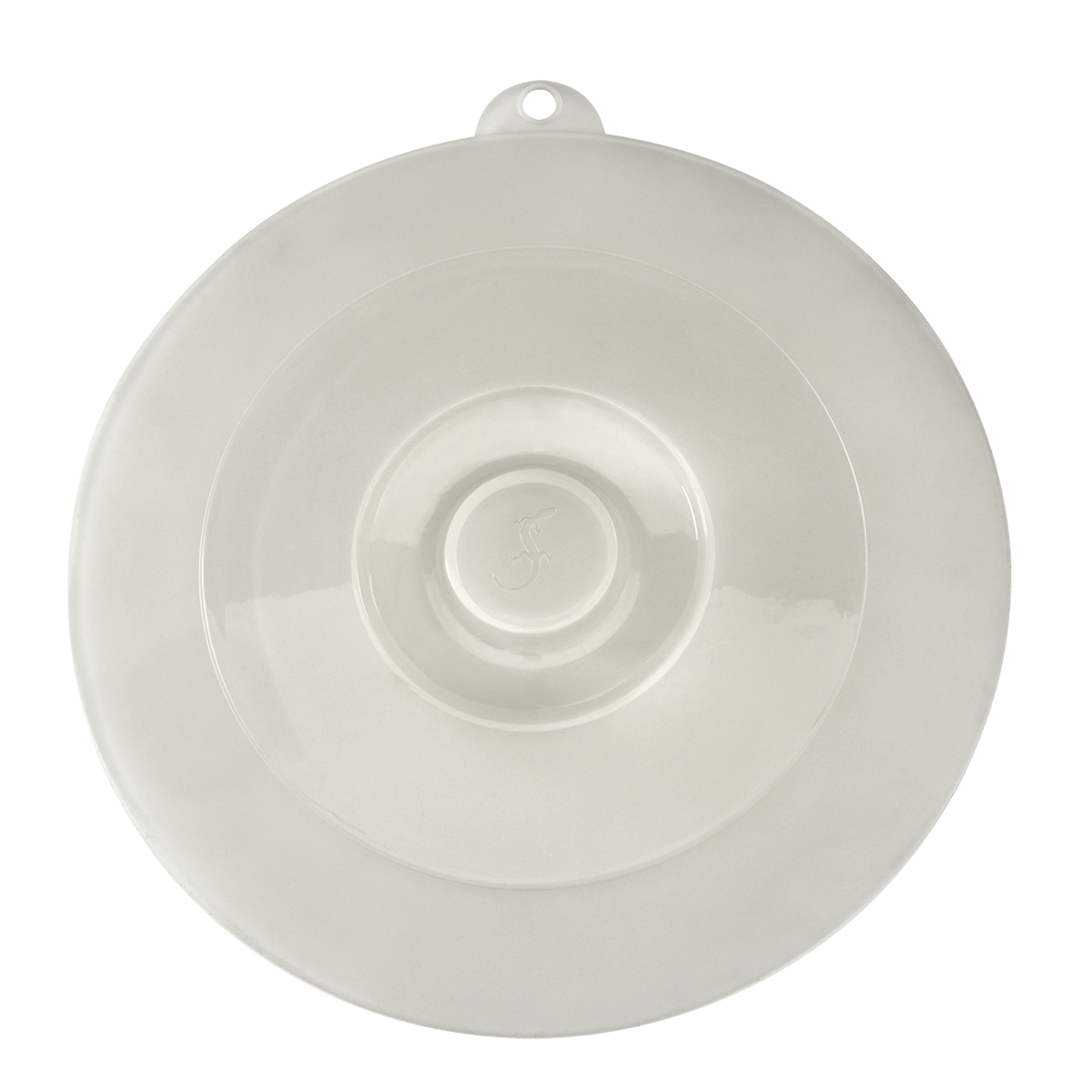In times of energy crises and global conflicts, we should not lose the fun of cooking and baking. Politicians are calling on us to save energy and you have probably already realised that this is easier said than done. Our heating systems are already running on a low flame in summer, and we also have to shower and do the laundry. We can't do without the oven and hob either - even the crisis won't change that.
So what can we do to save energy? In this guide, we'll tell you a few tricks on how you can easily save electricity every day. You don't have to completely change your habits to do this. Even small optimisations can have a big impact on your wallet in the long term. Have fun saving!
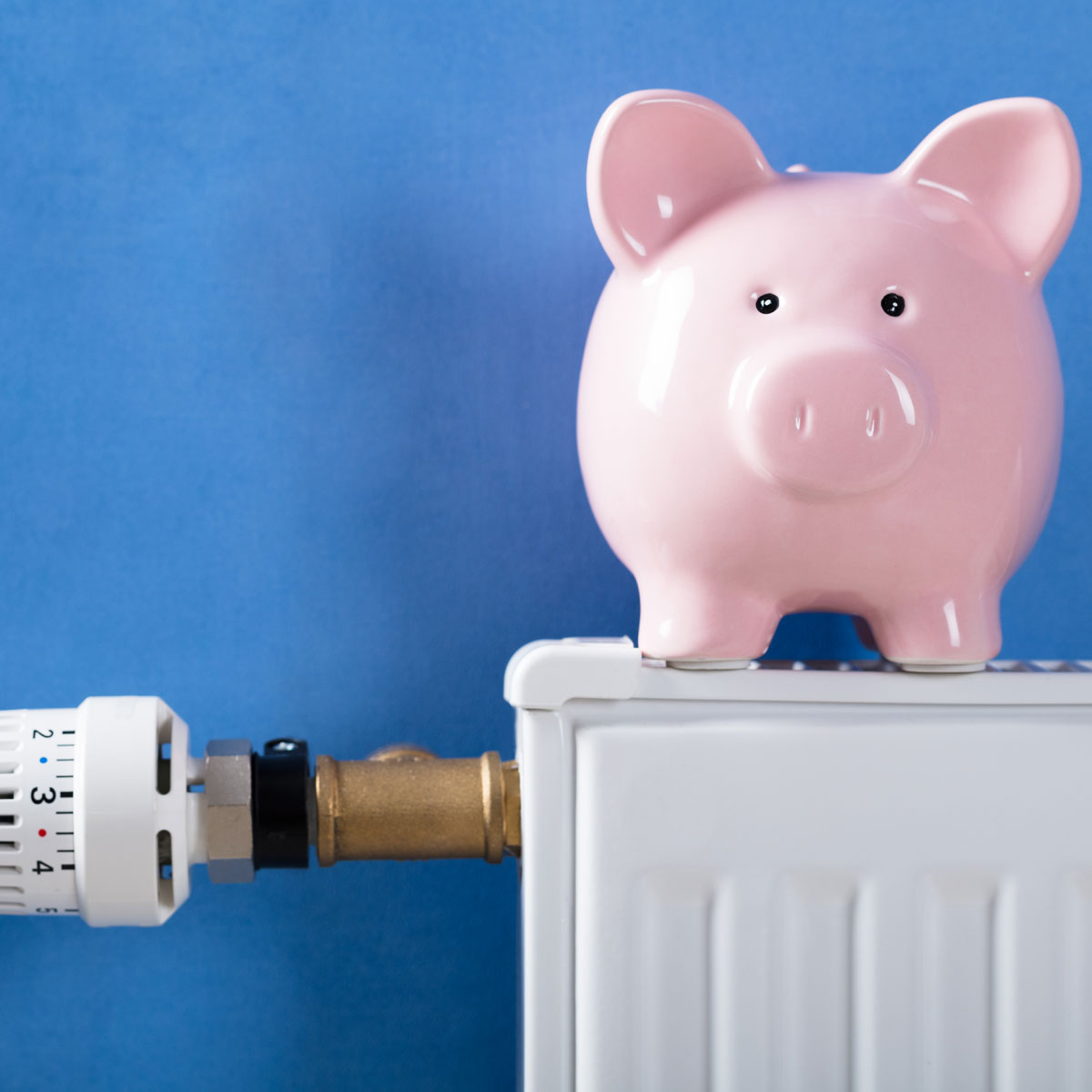
How high is the energy consumption of an oven?
Let's start with a major electricity consumer in the house/apartment - the oven. How much does it actually consume? As not everyone has an electricity meter, the Bundesministerium für Wirtschaft und Klimaschutz has summarised the average electricity costs of an oven with the help of a study:
- Bake a cake: approx. 40 cent
- Bake a casserole: approx. 26 cent
- Braising a roast: approx. 26 cent
- Baking a frozen pizza: approx. 17 cent
That may not sound like a lot at first. But if you put frozen food in the oven every day, it can quickly become expensive at the end of the year.
Below we give you tips on how to reduce the power consumption of your oven.

How can I reduce my electricity consumption when cooking and baking?
To reduce the power consumption of your oven in the long term, you should take a look at the following energy-saving tips and try them out straight away:
1. Baking tray or oven rack?
This question is asked quite often. Generally speaking, it can be said that baking cakes or bread on the grid works best in combination with a good baking mould. At this point, a little self-promotion is a must... our FLEXI®FORM silicone baking moulds transfer the oven temperature to your baked goods so well that you can reduce the specified recipe temperature by up to 10°C. This saves you money straight away.
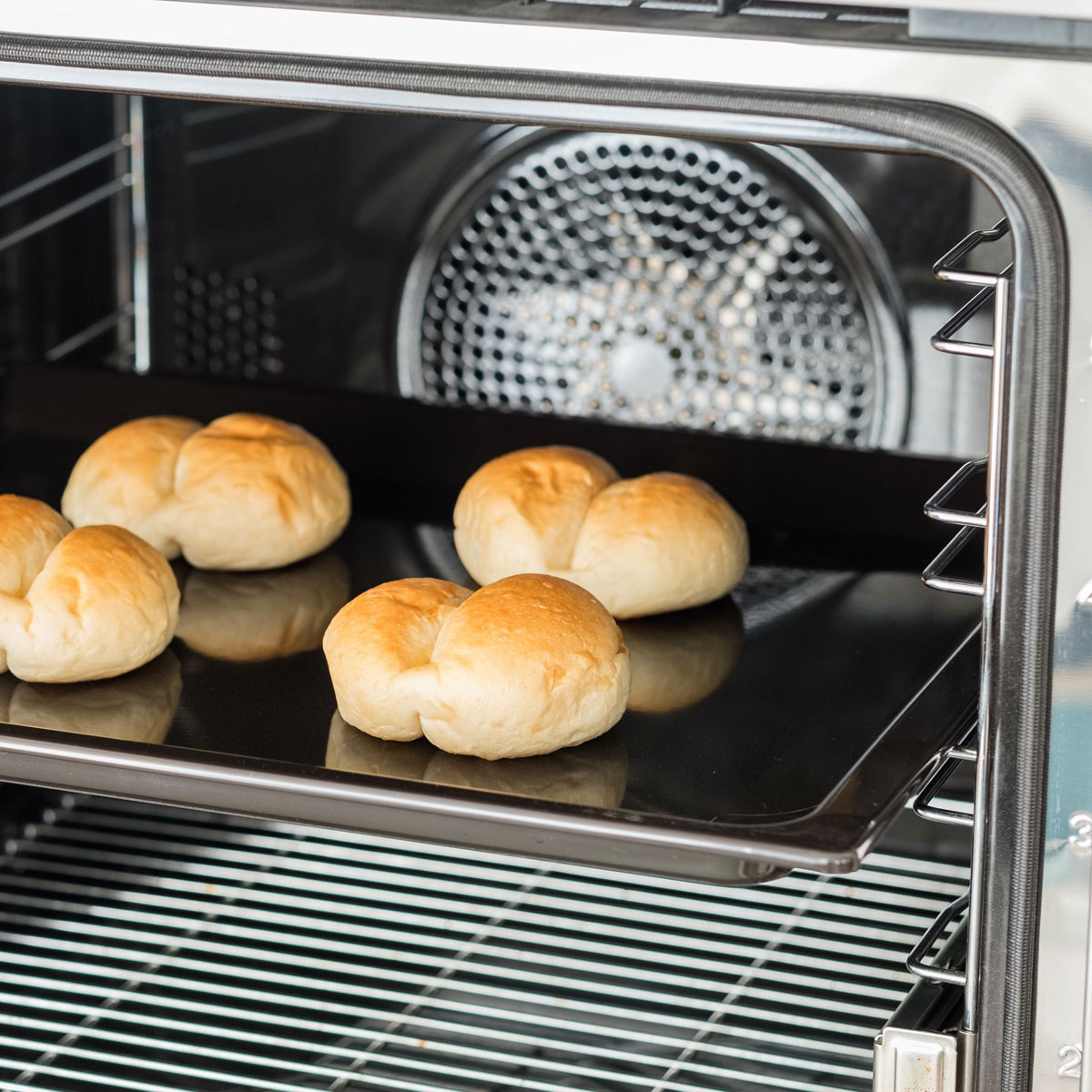
2. Bake on convection instead of preheating
Many of us preheat the oven before each use. However, this is not advisable for all dishes and preparation methods. The fan setting is recommended for many recipes. You don't need to preheat the oven on the fan setting.
Tip: Convection is the most economical setting on an oven.

3. Utilise the heat of the oven effectively
It generally makes sense to use the built-up heat of the oven to bake several dishes in succession (lunch, cake, etc.). Once the main work is done, you can switch off the oven and use the residual heat to defrost frozen food for the next day, for example.
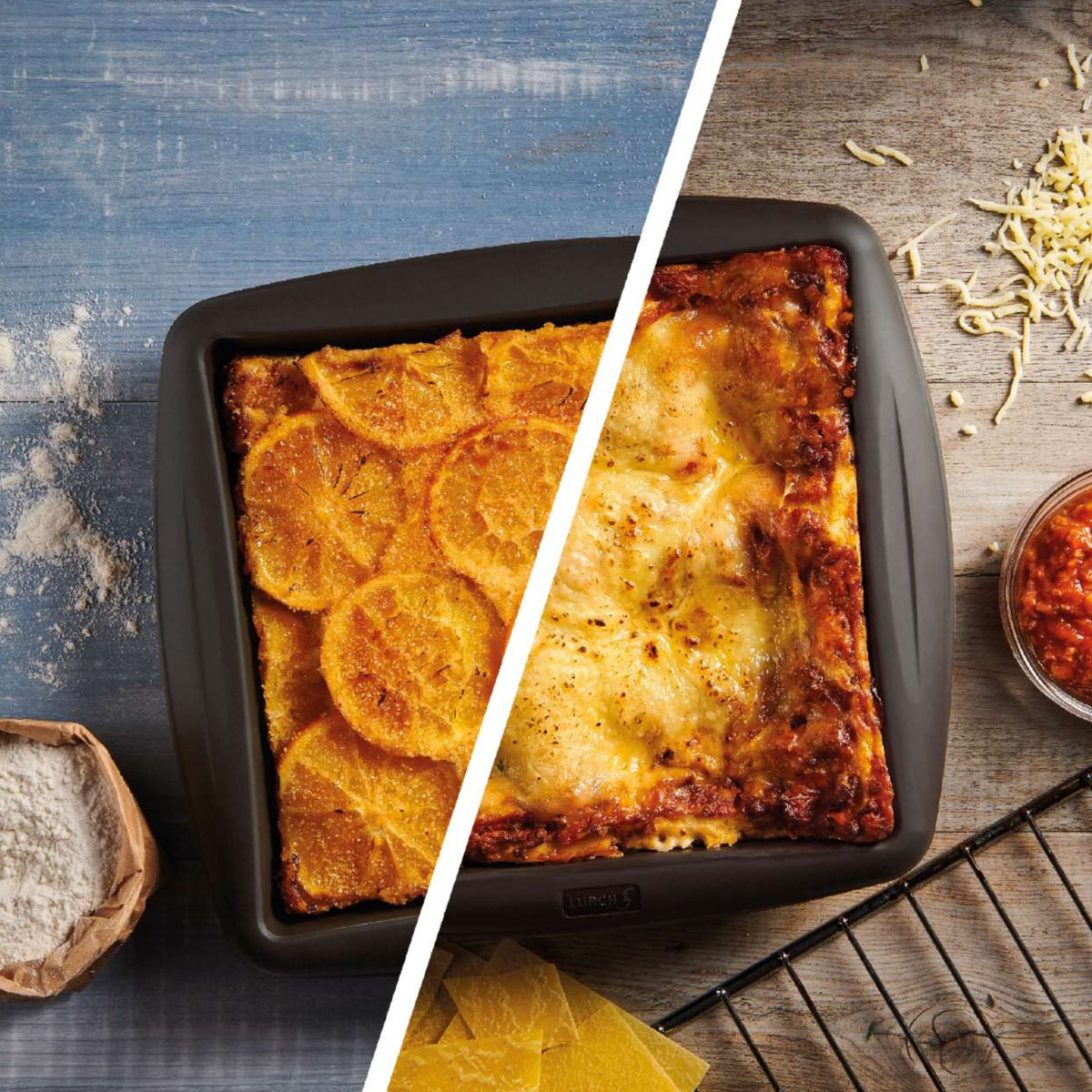
4 Cook and save with steam
Cooking with steam is a very efficient and energy-saving method of cooking food such as potatoes, vegetables or eggs. All you need to cook with steam is a saucepan filled with just three centimetres of water. It is best to hang a stainless steel sieve in the pot and place a lid on top. Within a very short time, the little water is hot and the steam does the work.

5. Baking tray for frozen pizza
If you're in a hurry and you can't avoid a frozen pizza, then the baking tray is the best option. To ensure that nothing burns or sticks, we recommend our silicone baking mat. You can put it in the dishwasher and use it again and again.

6. Heating frozen products with a microwave oven
If you prefer to eat baked rolls and frozen products, it doesn't make sense to heat up the oven in the long term. A microwave oven would be the better choice here. It heats food quickly and requires less energy and time.

7. Save energy when cooking on the hob
- When cooking on the hob, you should always use a lid on your pots and pans. This means significantly less energy is lost.
- The diameter of the pot or pan should also match that of the hob.
- Induction hobs save more energy than simple hobs with residual heat.
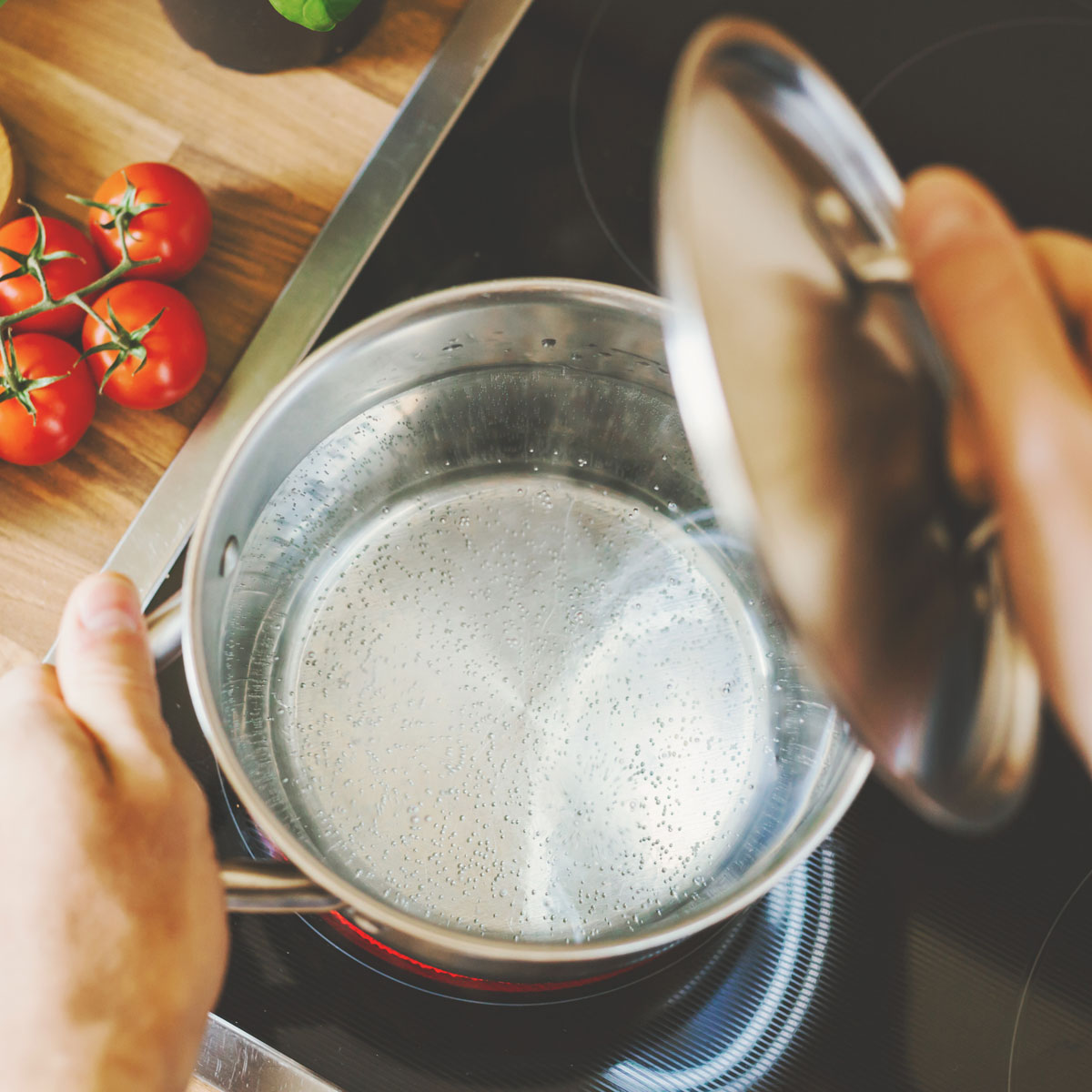
Products that can help you save energy
Here you will find some LURCH products that can help you save energy. Due to their excellent energy conductivity, all FLEXI®FORM silicone baking moulds are suitable for saving energy and the silicone folding sieve plus universal lid can also be wonderfully combined with a pot of water to create a gentle steamer. With the silicone baking mat or the ciabatta baking mat, you can conjure up crispy results without producing any waste.
How can I save energy and reduce costs every day?
The constantly rising energy costs for electricity and gas as a result of the Ukraine crisis, as well as the carbon tax, are leaving us consumers increasingly strapped for cash. In the household, most energy is used for heating (approx. 80%) and hot water (10%). We can try to make the best possible savings on the remaining 10% using the tricks mentioned above and the following energy-saving tips.
1. Do not heat (or heat as little as possible) in summer
Sounds ridiculous, but it's not. Many people also run their heating systems in summer and usually don't even realise that they can usually switch them to summer mode. If you are unsure about this, ask your installer or landlord. Electronic thermostats can also help to save energy with the right settings. If you are not at home during the day, less heating is required and the thermostat can be slowly turned up automatically at the end of the day. This is particularly useful in winter.

2. Cold showers
Admittedly, we had to grin when we heard this sentence in the news. In summer, cold showers are usually quite bearable or even a welcome way to cool down. But things get interesting in winter. As hot water is quite an energy guzzler, accounting for around 10% of consumption, you should reduce the water temperature from 38°C to perhaps 34° or less while showering. Four degrees Celsius may not sound like much, but it can make a huge difference to your bills.
Background: When you take a shower, hot water of up to 70°C is mixed down to approx. 38°C every time. Quite an energy expenditure.
The right shower head can also reduce your water consumption. Economical shower heads are usually not very expensive and pay for themselves very quickly.
Tip: You or your loved ones should also shower rather than bathe. On average, showers are quicker than baths and also use less water than a bath. And if the water is cooler, it's even quicker :).

3. Save with the right temperature
Above we have already given you some money-saving tips for baking and the oven. This list can be extended even further:
- Set your fridge to 7°C instead of 6°C
- Set your freezer to -18°C instead of -20°C
- In winter, a living room temperature of 19°C instead of 21°C is sufficient
- Use the convection function of your oven and skip preheating
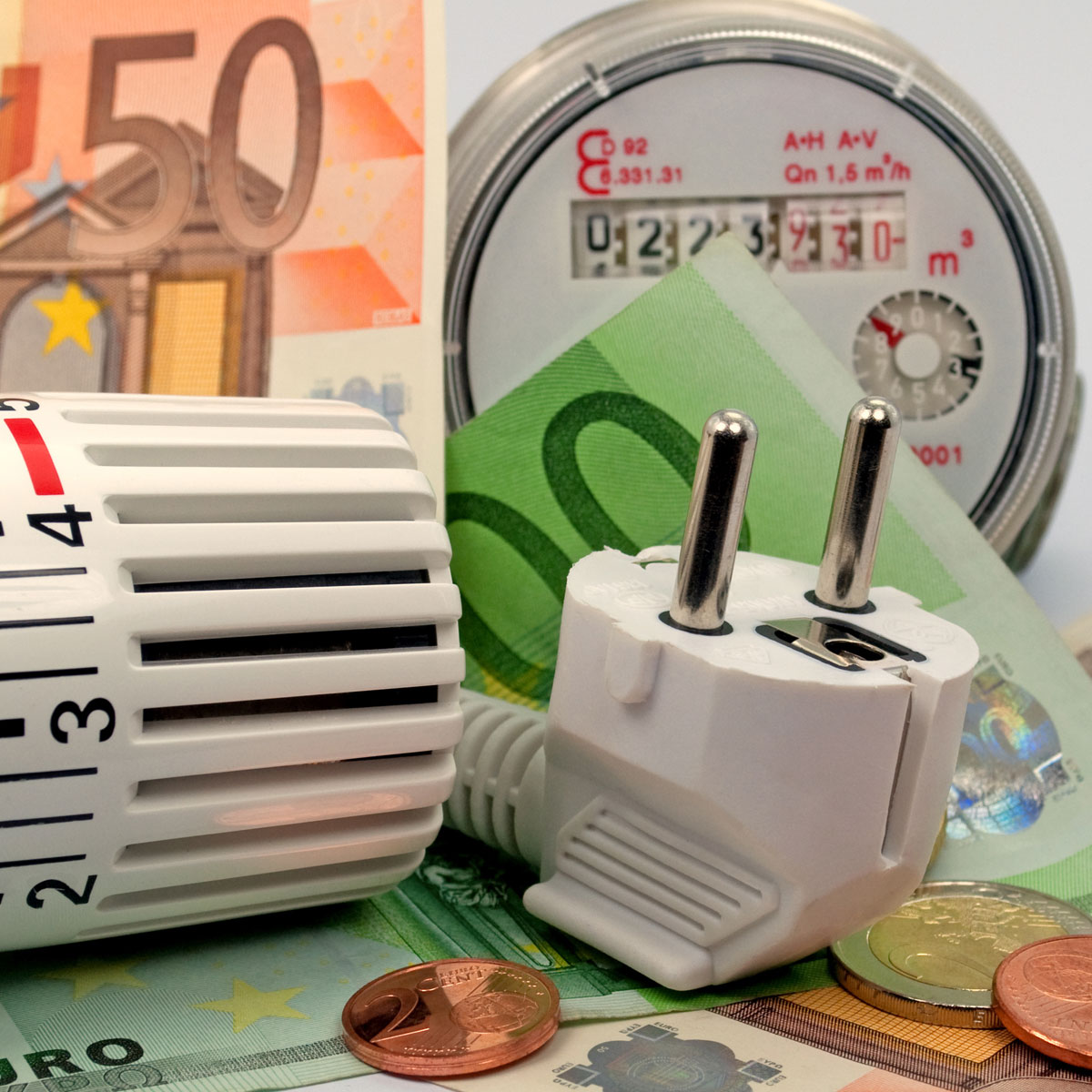
4. Use food processors without electricity
394 / 5.000 Übersetzungsergebnisse Übersetzung The easiest way to save energy and money is to use manually powered food processors and kitchen tools. Since LURCH was founded in 1995, we have focused on the development and manufacture of manual kitchen machines and utensils. We always pay attention to the best possible energy efficiency and sustainability of our products. It's worth a look.
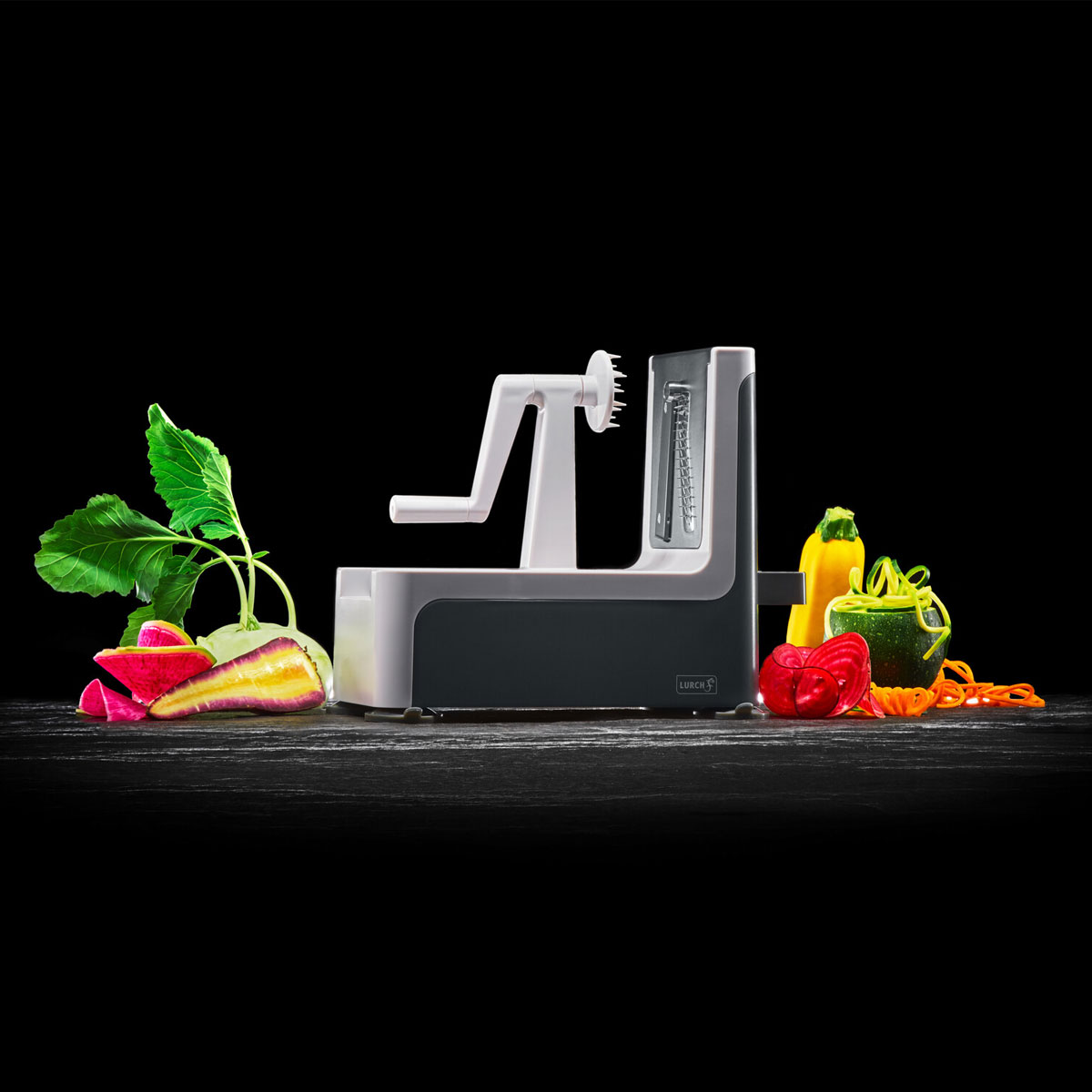
5. Dishwasher instead of hand washing
Many people wash their used dishes by hand after eating, thinking that this will save them water and energy. That's not the case.
According to a study by the University of Bonn, the machine uses up to 50% less water and a good 28% less electricity than hand washing. However, you should turn the dishwasher on as full as possible. If you wash dishes by hand, the water also needs to be heated and the sink filled. This cannot be glossed over. When buying a (new) dishwasher, be sure to pay attention to its energy efficiency and take the time to compare.
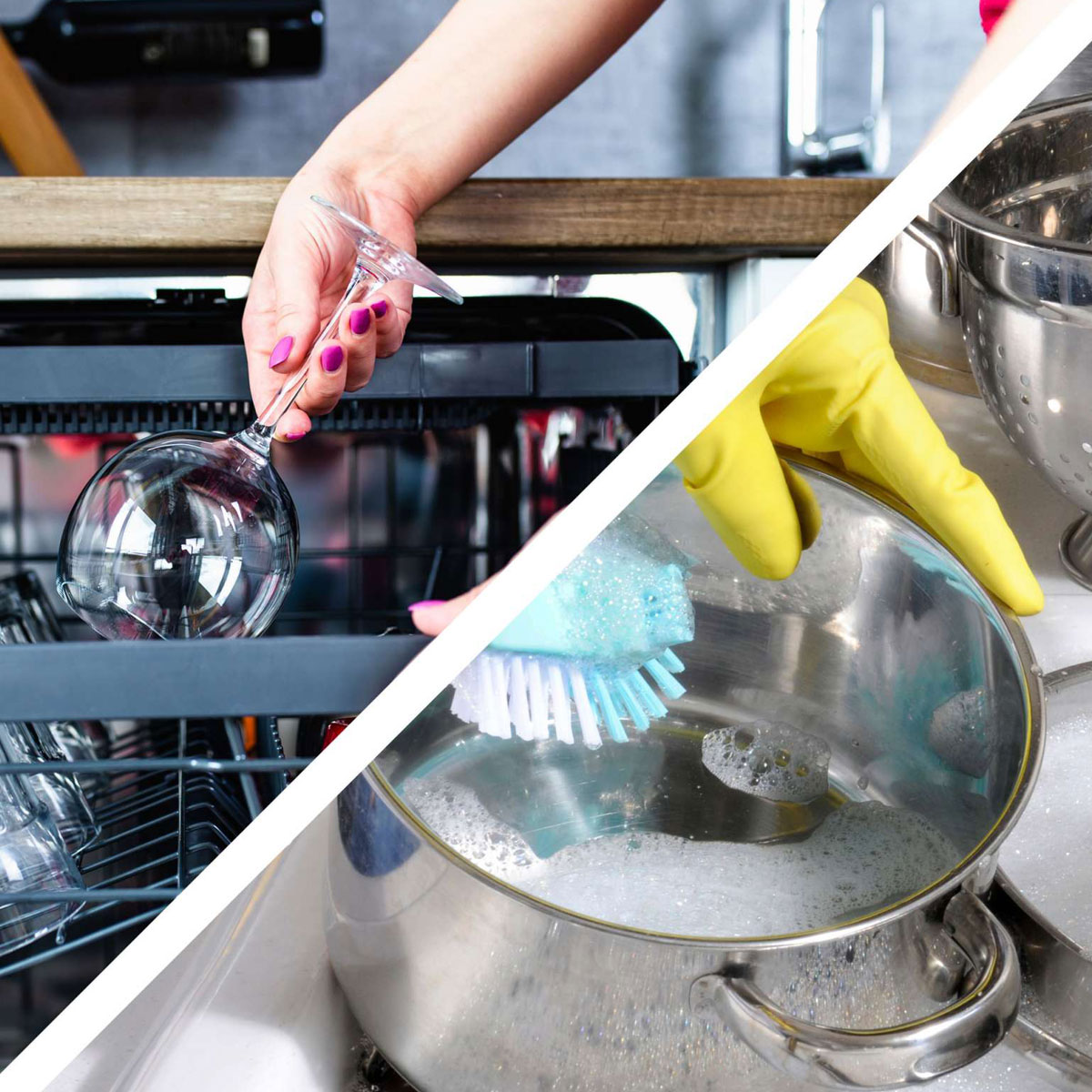
6. Always load your washing machine fully
The washing machine should only be turned on when it is fully loaded. Modern washing machines are designed to save energy. Less electricity consumption and less water. The right way. Buying a new device can be worthwhile in the medium term. The acquisition costs are paid back after a few years. The average shelf life of current devices is around 15 years. A sensible investment. Hang the freshly washed laundry on the line outside and avoid using a tumble dryer.
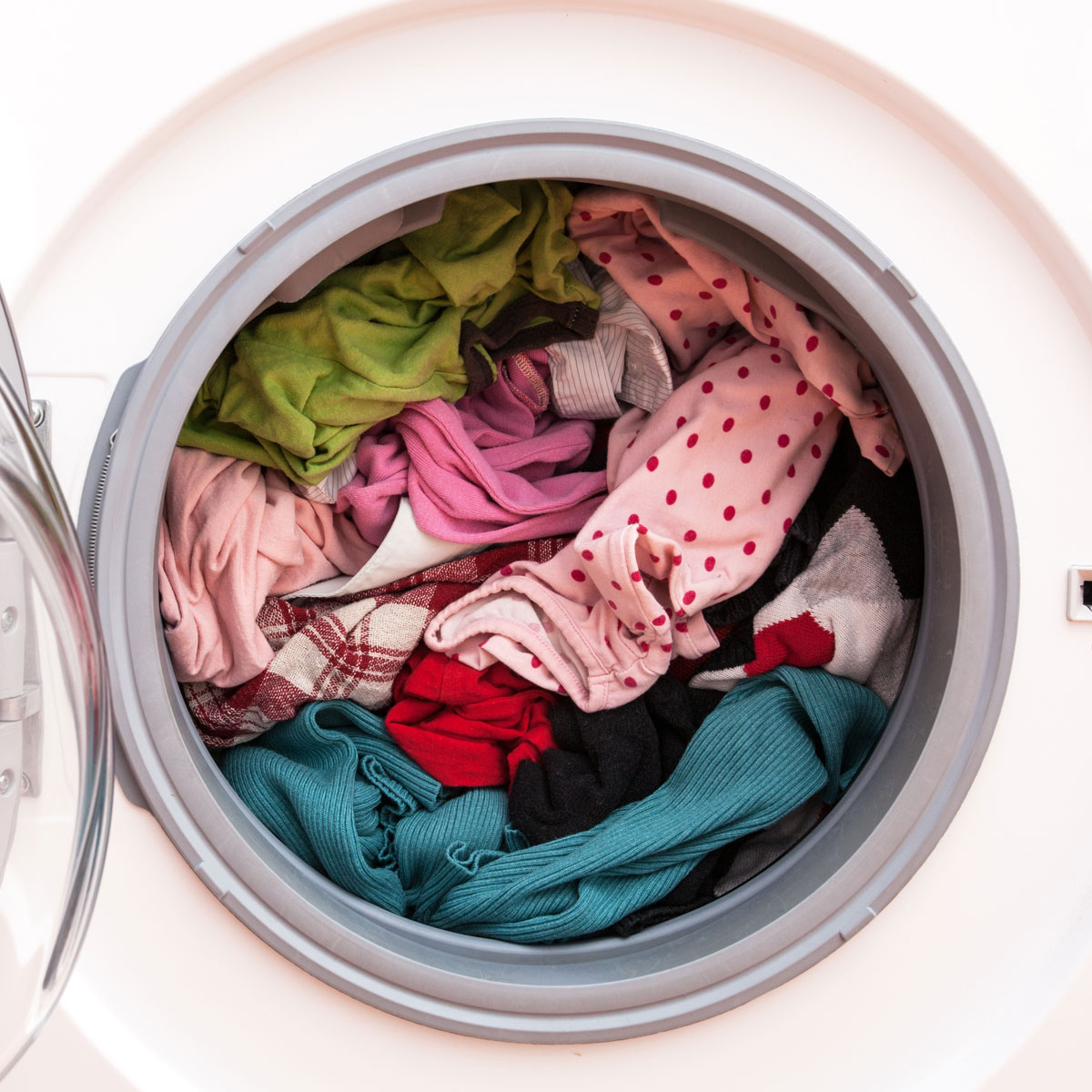
Phew! That was a lot of input. As always, we had a lot of fun writing this guide for you. If we have more tips & If you find tricks for saving money, we will also publish them here. So it's definitely worth visiting again!
We hope to be able to help you save energy with our tips and products. We are all in the same boat and will overcome this crisis together.
